North Korea’s Yongbyon Nuclear Complex: Assessment of the activities in the radiochemical laboratory
Commercial satellite imagery from the Yongbyon Nuclear Scientific Research Center shows the thermal (steam) facility providing steam for the various processes of the Radiochemical Laboratory (RCL) – North Korea’s spent fuel reprocessing facility for plutonium extraction – apparently from late February 2021 until today.[1] This operating time is longer than previous maintenance work and corresponds better to the duration of previous reprocessing campaigns. However, without additional visual signatures or on-site inspections to confirm operations, it is possible that current RCL activity is related to plutonium separation, processing of remaining uranyl nitrate supplies, or treatment of radioactive waste from previous reprocessing campaigns.
Since the 5 MWe reactor is known to have been out of service since 2018, any reprocessing campaign now taking place would deal with spent fuel from this previous run, as some are believed to remain in the core or in the spent fuel storage area. It therefore does not change the estimates of North Korea’s fissile material stocks, which have already been taken into account in the plutonium inventory regardless of their reprocessing status. It is also important to note that the reactor is still under maintenance and is likely to be operational when needed.
The RCL and previous remanufacturing campaigns
The RCL complex consists of the main reprocessing plant, which is used to reprocess and separate plutonium from the spent fuel elements of the 5 MWe reactor. It is also used for the storage, treatment and solidification of high, medium and low level radioactive waste from reprocessing.
Figure 1. The RCL consists of several buildings within the perimeter wall.
Satellite image © 2020 Maxar Technologies. All rights reserved. For media license options, please contact [email protected]
It is known that the RCL carried out spent fuel reprocessing campaigns in 2003, 2005, 2009 and 2016. The past reprocessing campaigns lasted about half a year and each processed a full load of spent fuel elements, a core of 50 tons, from the 5 MWe reactor.
While some of this separated plutonium was used in the nuclear weapons tested between 2006 and 2016, it is estimated that there are around 40 kilograms of plutonium left. The reprocessing also leaves dozens of tons of uranium in the RCL as uranyl nitrate, which has to be converted into uranium oxide powder. This conversion is also taking place in the main reprocessing building.
Recognition of processing activities
There are a limited number of signatures that could indicate that the RCL is up and running. One of them is a plume of smoke that emerges from the nearby coal-fired thermal power station, which supplies the necessary process steam for the reprocessing plant and the radioactive waste treatment facilities located at the same locationFigure 5).
Other observable signatures are vapor venting within the RCL, faint clouds of smoke emanating from the main facility’s ventilation duct (Figure 2) and evidence of the shipment of spent fuel elements and other materials to the reprocessing plant (Figure 3).
Figure 2. Plume from the ventilation building, campaign 2016.
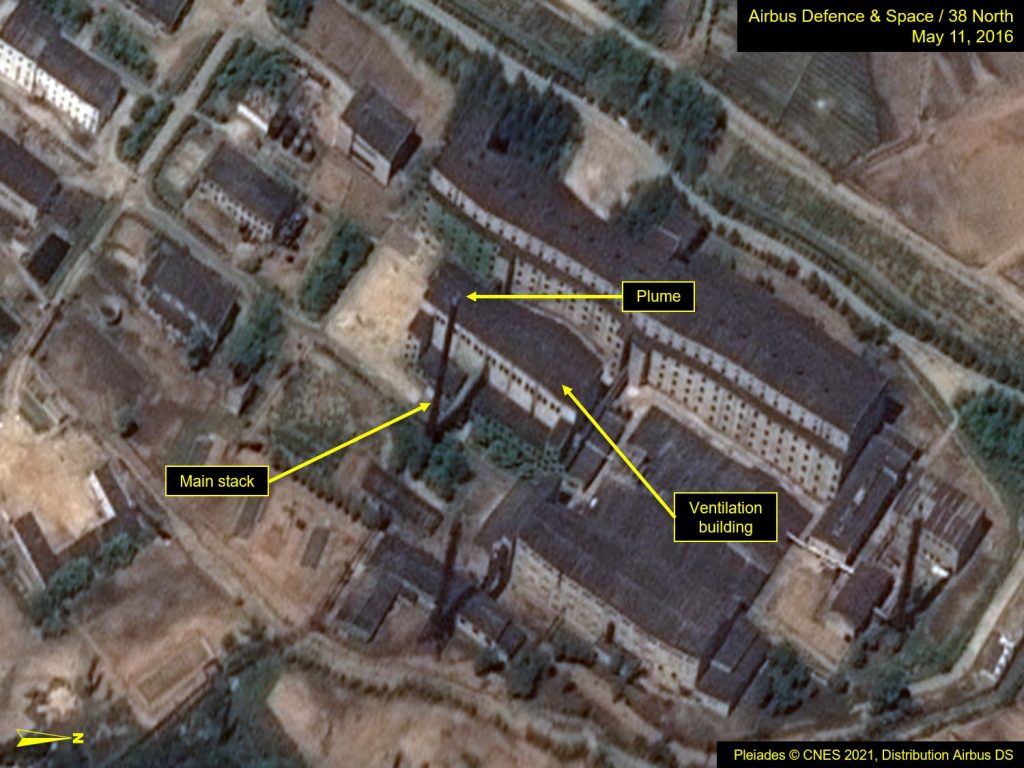 Image Pleiades © CNES 2021, Airbus DS sales. For media options, please contact [email protected]
Image Pleiades © CNES 2021, Airbus DS sales. For media options, please contact [email protected]
Figure 3. Railcar at the reception building for spent fuel elements, campaign 2016.
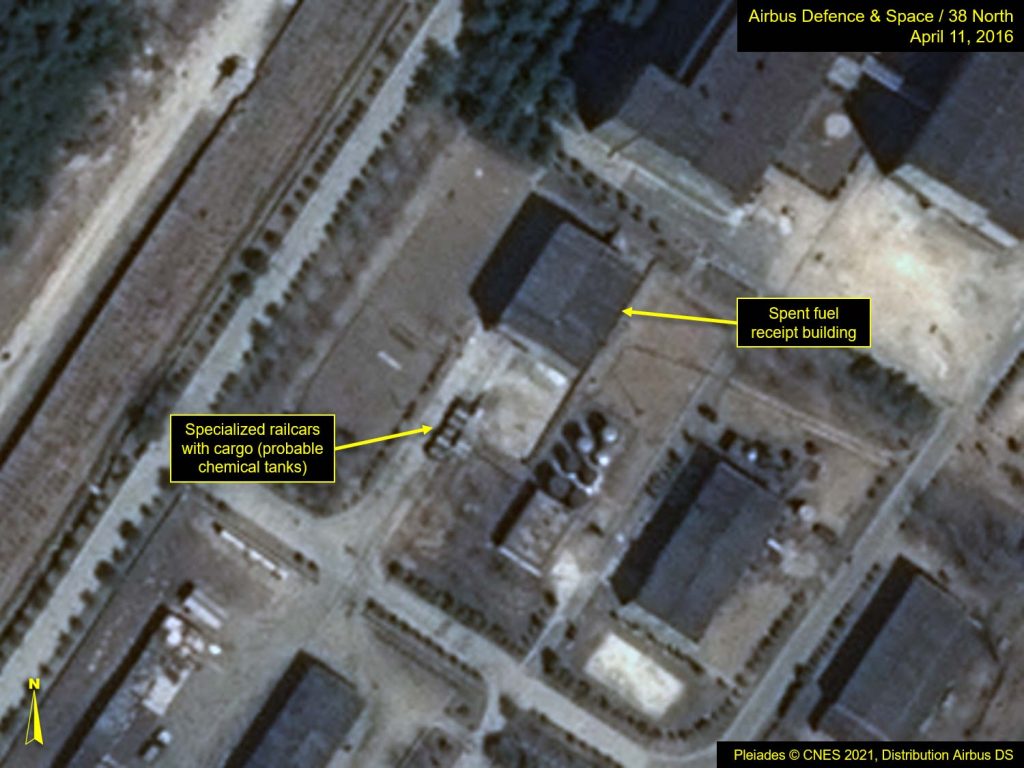 Image Pleiades © CNES 2021, Airbus DS sales. For media options, please contact [email protected]
Image Pleiades © CNES 2021, Airbus DS sales. For media options, please contact [email protected]
Since the RCL became active again at the end of February, a faint plume of smoke has occasionally been detected from the main ventilation chimney of the processing building. In the past, this has only been observed in reprocessing campaigns. However, this building is also used for the treatment of radioactive gases from the process area when other chimneys in the complex are used to support the waste treatment and processing building. It is therefore still possible that the conversion of uranyl nitrate to uranium oxide, a process also associated with the ventilation building, is still in progress.
Thermal imagery can also be useful, especially if on the process buildings at the west end of the complex closest to the reception building where spent fuel is being exploded, or on sections used to treat resulting precipitated uranyl nitrate to oxides or to convert plutonium to Metal, which is the key material in the manufacture of nuclear weapon components.
A recent thermal imaging analysis by Beyond Parallel, derived from images taken on March 16, found that heat was coming from the main reprocessing plant, the ventilation building and the radioactive waste treatment building and its ventilation building. These heat signatures confirm continued activity within the RCL complex, but while they tend to support the conclusion that North Korea is reprocessing spent fuel, it is also possible that it is simply processing the remaining uranyl nitrate supplies.
Another key feature related to reprocessing is the transfer of spent fuel from the 5 MWe reactor to the RCL. The RCL does not have on-site storage and is therefore relevant if such activity is observed. However, this has not been observed since the end of February. While a number of personnel and truck movements have been noted around the 5 MWe reactor area in recent months, there have been no sightings of a particular large truck that has been linked to previous reprocessing campaigns and appears to be used to reload the spent fuel became barrels. It should be noted, however, that the transmissions could also be timed to prevent observation from above (e.g. at night).
Figure 4. Observed vehicle activity in the reactor area.
Note: Hover over the slideshow and click the left / right arrows to navigate.
Expand
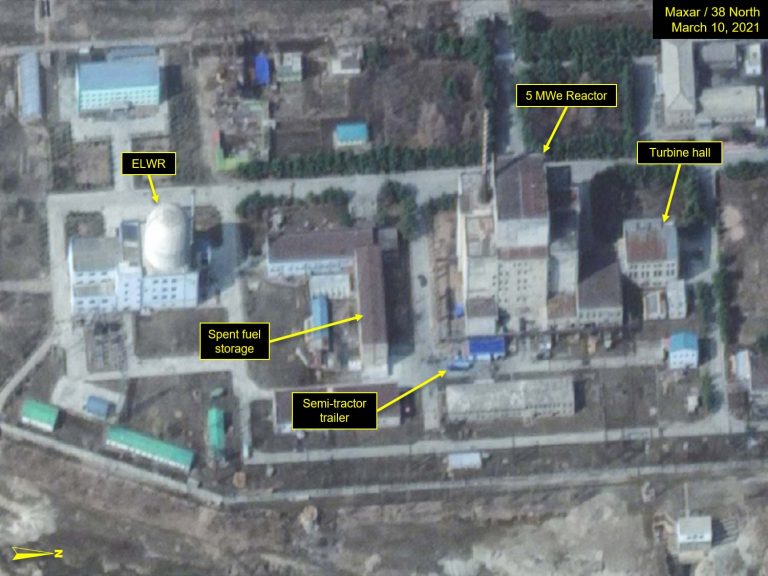
Figure 4A. Observed vehicle activity in the reactor area, March 10, 2021. Satellite image © 2020 Maxar Technologies. All rights reserved. For media license options, please contact [email protected]
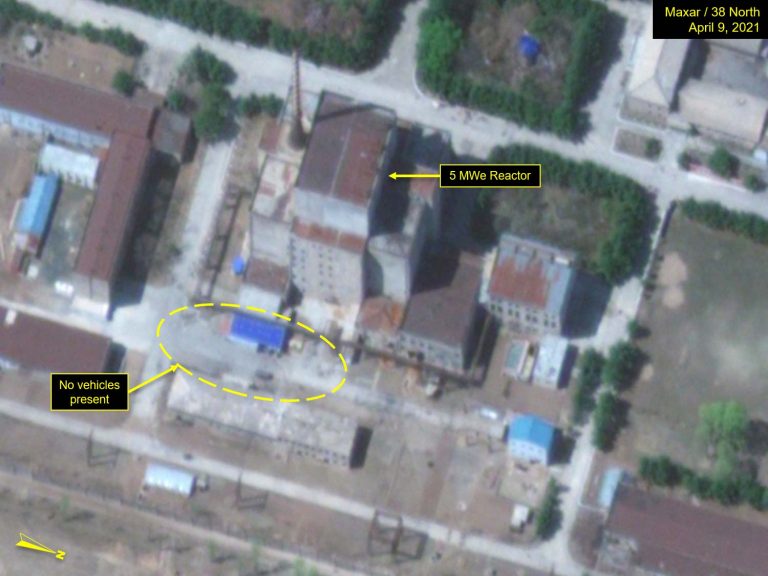
Figure 4B. No vehicles observed in the reactor area, April 9, 2021. Satellite image © 2020 Maxar Technologies. All rights reserved. For media license options, please contact [email protected]
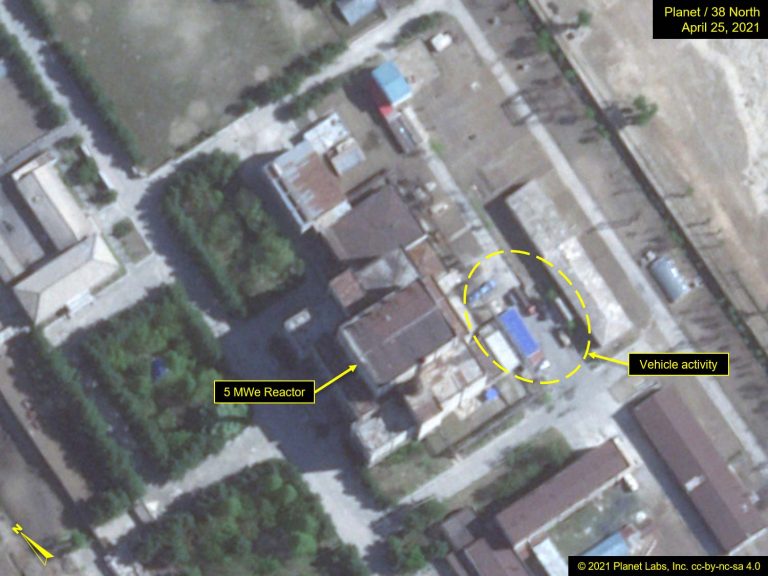
Figure 4C. Observed vehicle activity in the reactor area, April 25, 2021. Image © 2021 Planet Labs, Inc. cc-by-nc-sa 4.0. For media license options, please contact [email protected]
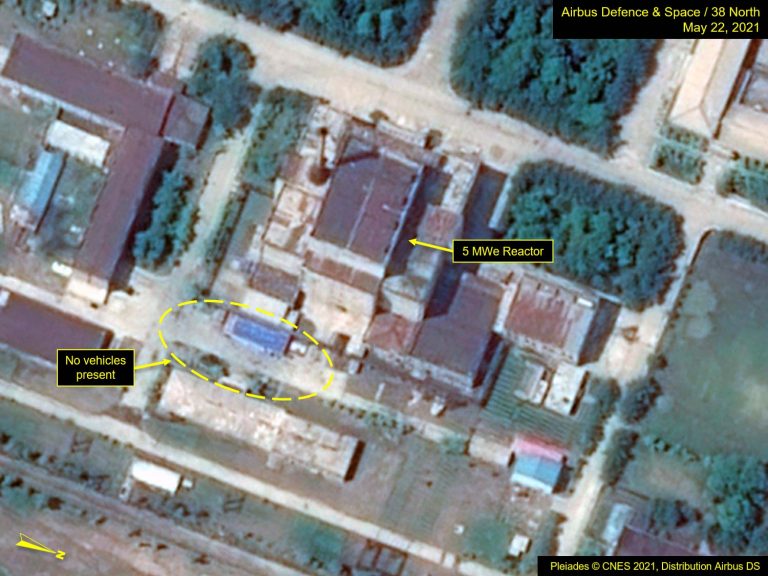
Figure 4D. No vehicles observed in the reactor area, May 22, 2021. Picture Pleiades © CNES 2021, Distribution Airbus DS. For media options, please contact [email protected]
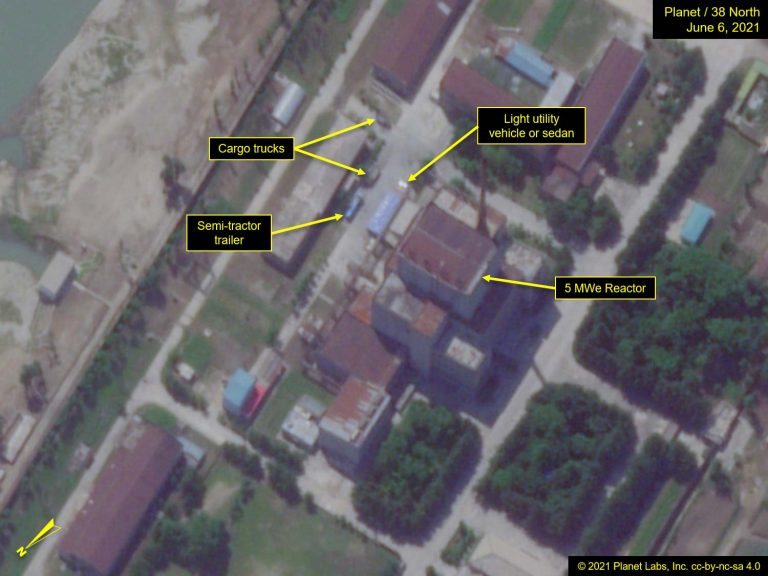
Figure 4E. Observed vehicle activity in the reactor area, June 6, 2021. Image © 2021 Planet Labs, Inc. cc-by-nc-sa 4.0. For media license options, please contact [email protected]
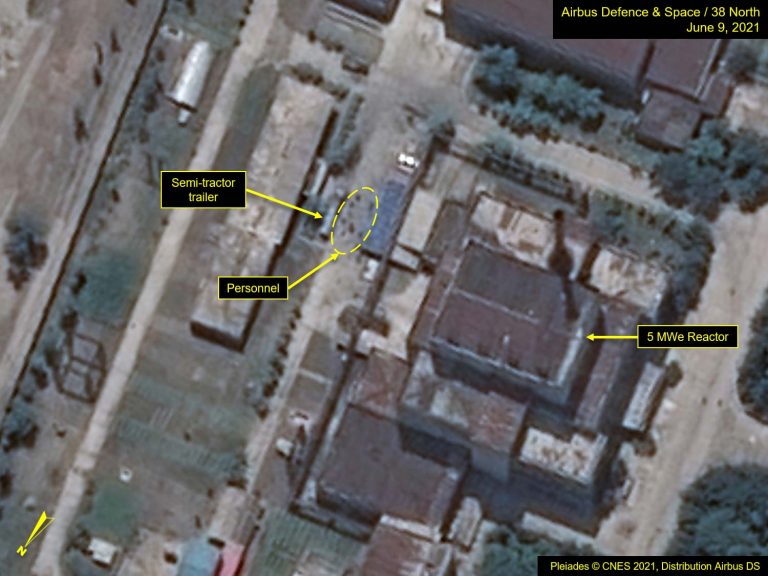
Figure 4F. Observed personnel in the reactor area, June 9, 2021. Picture Pleiades © CNES 2021, Distribution Airbus DS. For media options, please contact [email protected]
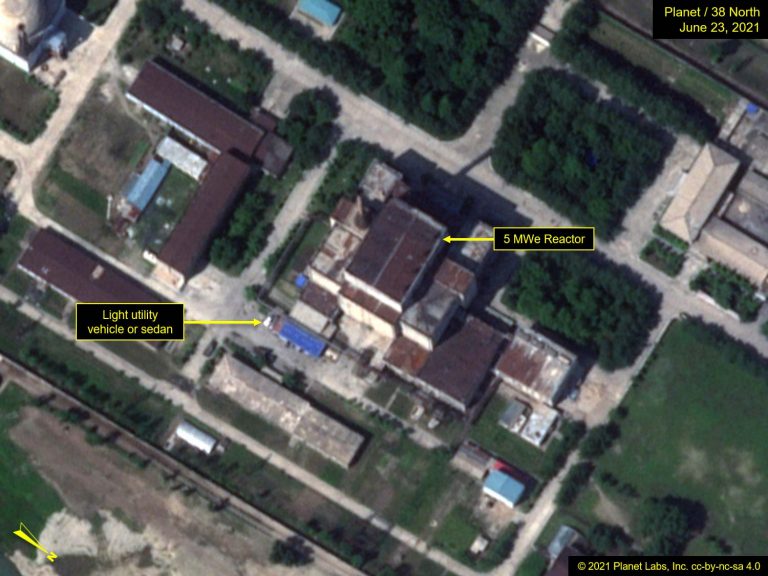
Figure 4G. Observed vehicle activity in the reactor area, June 23, 2021. Image © 2021 Planet Labs, Inc. cc-by-nc-sa 4.0. For media license options, please contact [email protected]
In the past, materials were brought to the RCL by railcars (Figure 3), but also trucks can be used for such activities and can now drive into the building for unloading, which prevents further activities from being monitored. Although these special railcars no longer visit the RCL, they continue to be used in Yongbyon, as was last shown on May 22nd when a train with three such railcars was seen on a track to the storage area and truck depot in the western parts of the Yongbyon Center Railyard. These special multiple units run three to four times a year at the transfer station at the eastern end of the UEP complex, the content and destination of which have not yet been determined.
While reprocessing campaigns generally last around six months, it has been observed in the past that the heating system was in operation at shorter intervals – only weeks – and was probably not related to reprocessing but more for maintenance purposes. This was the case in 2018 when smoke was briefly observed coming from the thermal facility. However, the current operation has continued for about four months, a time frame more like a reprocessing campaign or the conversion of uranyl nitrate to uranium oxides.
Figure 5. Thermal plant has been in operation since March 2021.
Note: Hover over the slideshow and click the left / right arrows to navigate.
Expand
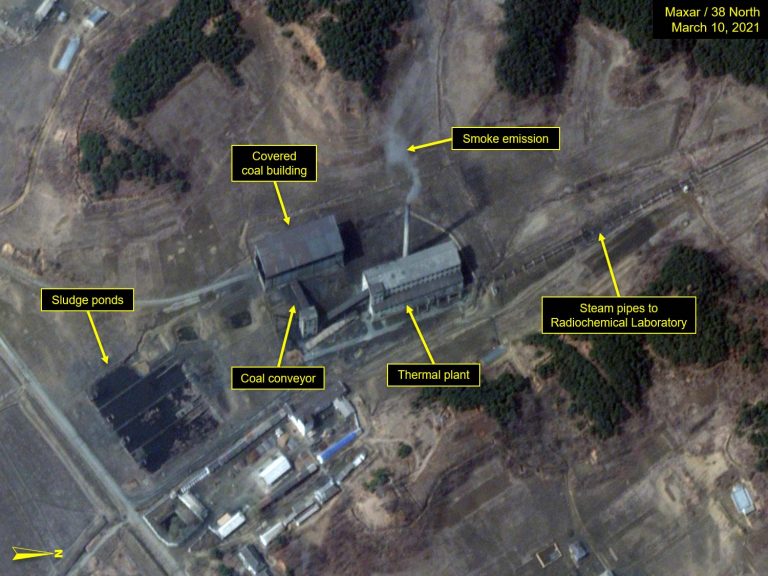
Figure 5A. Thermal plant in operation, March 10, 2021. Satellite image © 2020 Maxar Technologies. All rights reserved. For media license options, please contact [email protected]
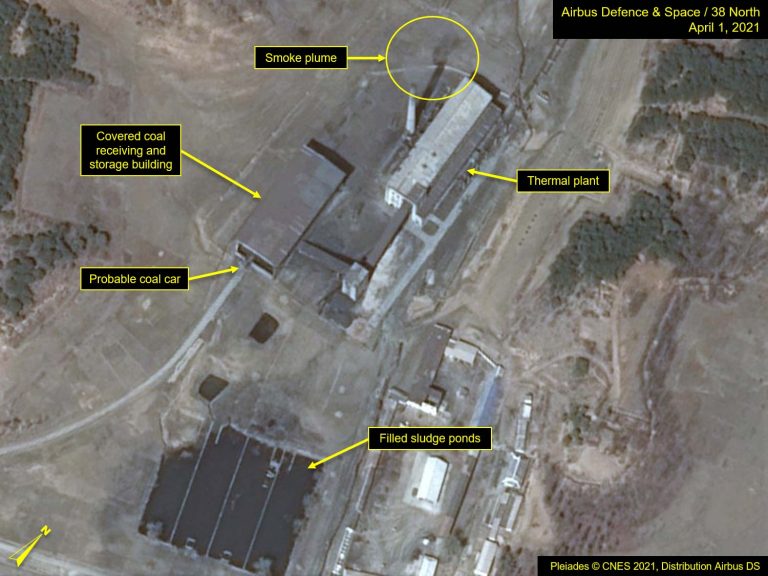
Figure 5B. Thermal system in operation, April 1, 2021. Image Pleiades © CNES 2021, Distribution Airbus DS. For media options, please contact [email protected]
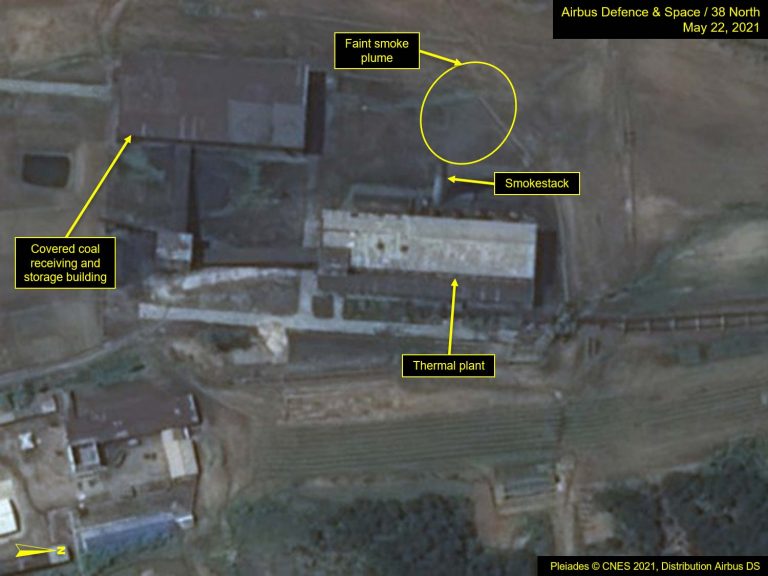
Figure 5C. Thermal system in operation, May 22, 2021. Image Pleiades © CNES 2021, Distribution Airbus DS. For media options, please contact [email protected]
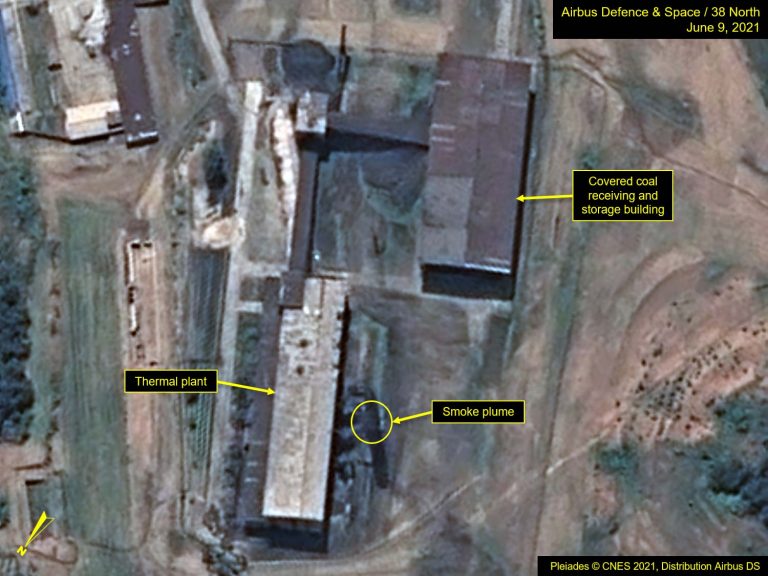
Figure 5D. Thermal system in operation, June 9, 2021. Image Pleiades © CNES 2021, Distribution Airbus DS. For media options, please contact [email protected].
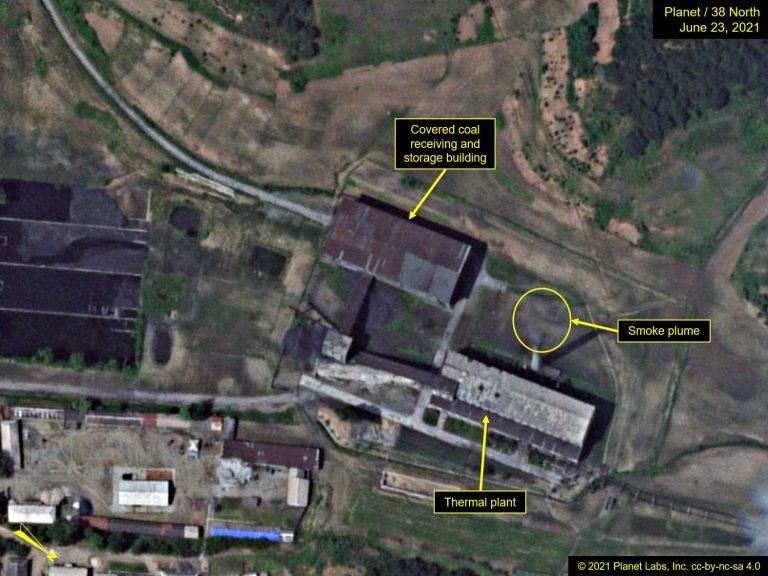
Figure 5E. Thermal plant in operation, June 23, 2021. Image © 2021 Planet Labs, Inc. cc-by-nc-sa 4.0. For media license options, please contact [email protected]



Comments are closed.